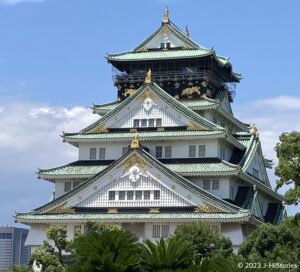Samurai Tea Ceremony, Joan is The Best Teahouse to Visit
There are three existing tea rooms in Japan designated as national treasures. They are the Taian at Myokian in Kyoto built by a tea master, Sen-no-Rikyu, the Mittan at Daitokuji Temple by Kobori Enshu, and the Joan at Urakuen Garden in Aichi prefecture by Oda Nagamasu in his later life. Oda Nagamasu, also known as "Urakusai," was the 13-year younger brother of a powerful warlord, Oda Nobunaga, who was killed in the Honnoji incident in 1582, one step short of unifying the country. A man of great cultural qualities, Urakusai lived a long life to the age of 75 despite the turbulent Warring State Period (1467-1590). He said, "The main principle of the tea ceremony is entertaining the guests." What was his life to attain this mentality even though the Tea Ceremony was exactly Politics at that time?
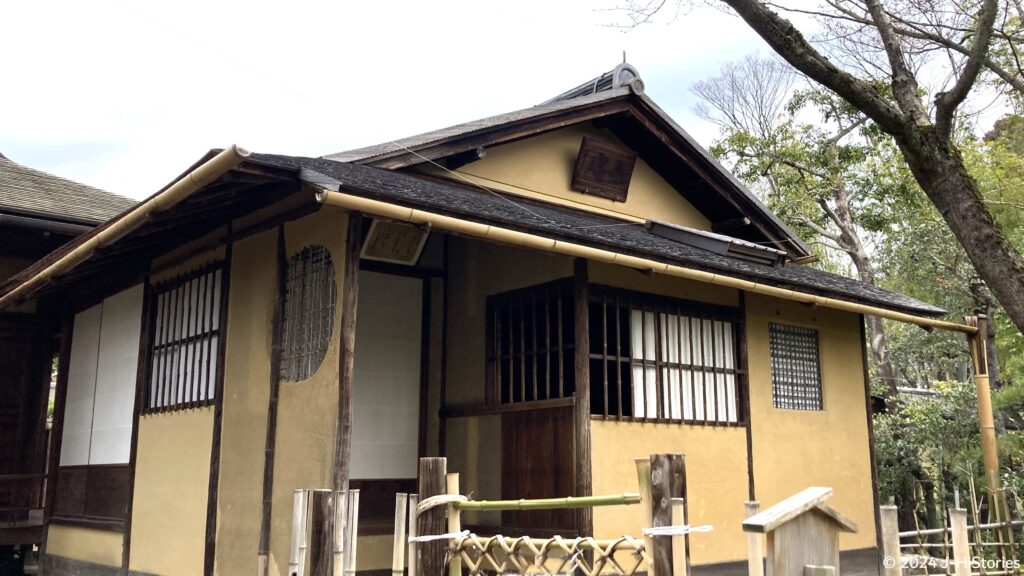
Not Spacious, but Not Cramped Either
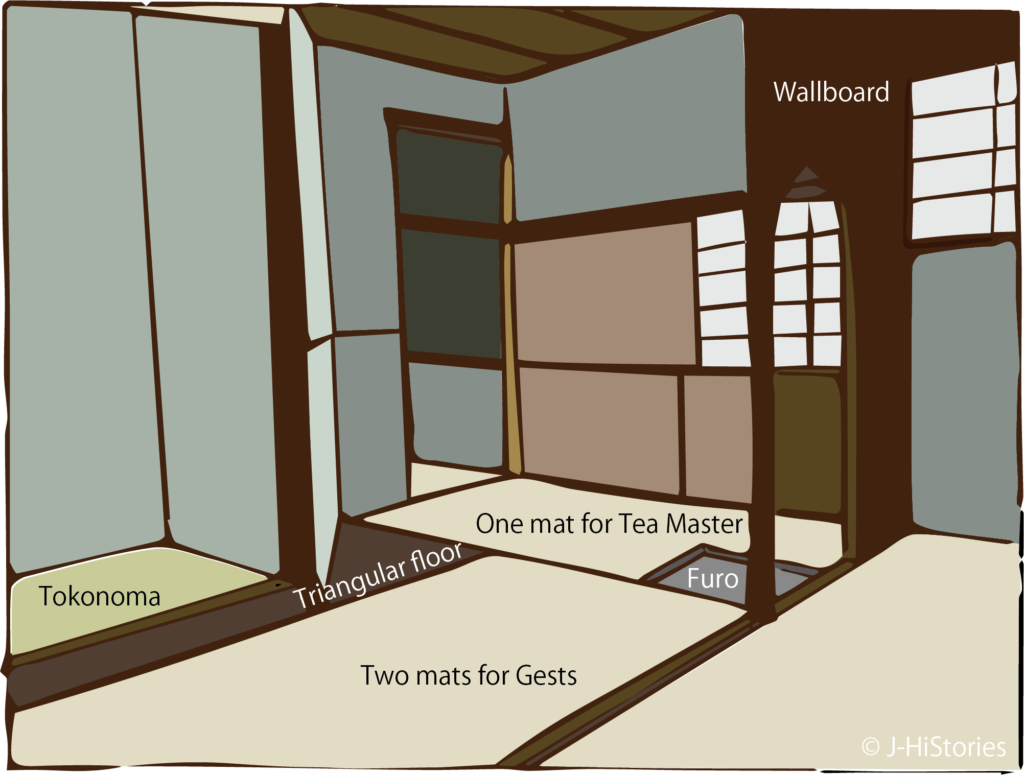
The Joan consists of two Tatami mats for guests, nearly one Tatami mat for a tea master, and Tokonoma (alcove). Notable features include (1) a triangular floor that connects the master's door and the guest space, and (2) The wallboard next to the furo (furnace) is hollowed out and supported by the cedar pillar at the corner of the fireplace. These features create an aura of Samurai's cool and light atmosphere. The tea ceremony that Oda Nagamasu (1548-1622, 織田長益), later known as Urakusai (有楽斎) aimed for is well expressed in three oral traditions handed down in the Oda school:
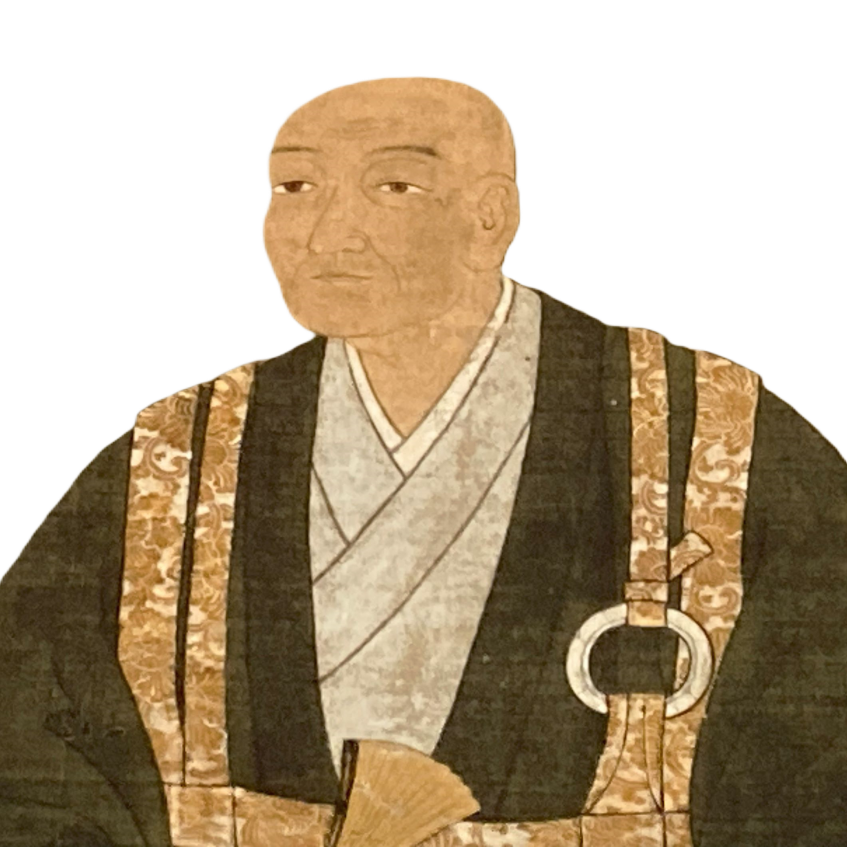
- Do not make guests feel uncomfortable
- Do not embarrass guests
- Give guests a sense of satisfaction
Let’s explore his life.
His Brother, Nobunaga Died at the Honnoji Incident
In 1582, Toyotomi Hideyoshi (1537-1598, 豊臣秀吉), the retainer of Nagamasu's elder brother, Oda Nobunaga (1534-1582, 織田信長), was attacking the Mori clan's Bicchu-Takamatsu Castle in Okayama prefecture in the run-up to the unification of the nation. Nagamasu and Nobutada, Nobunaga's eldest son, were about to leave Kyoto to reinforce Hideyoshi. There, startling news arrived. “Mitsuhide had rebelled (killed his lord, Nobunaga)”. They rushed to Honnoji Temple to rescue Nobunaga but turned back and holed up in the new Nijo Palace once they heard about Nobunaga's suicide. Unable to do anything about it, Nobutada committed suicide. On the other hand, Nagamasu escaped before Mitsuhide's army invaded. Nagamasu was probably left the future of the Oda family by Nobutada.
Nagamasu Served Nobunaga, Hideyoshi, and Ieyasu
After Nobunaga’s death, Nagamasu served Nobukatsu (Nobunaga’s second son). In the meantime, the struggle for supremacy over Nobunaga began. The Battle of Komaki and Nagakute broke out between Hideyoshi and Nobunaga’s allied partner, Tokugawa Ieyasu (1543-1616, 徳川家康), on whom Nobukatsu relied. Nagamasu demonstrated his negotiating skills and concluded a peace agreement between them. Later, after Hideyoshi's death, he served Tokugawa Ieyasu. Raised by his charismatic brother, Nobunaga, Nagamasu served Hideyoshi and Ieyasu without flattery. This is his greatness. As the younger brother of Nobunaga, who sought to unify the nation, and as the legitimate son of Nobuhide, the father who reunited the divided Oda family, he may have had a mindset that surpassed that of many samurai.
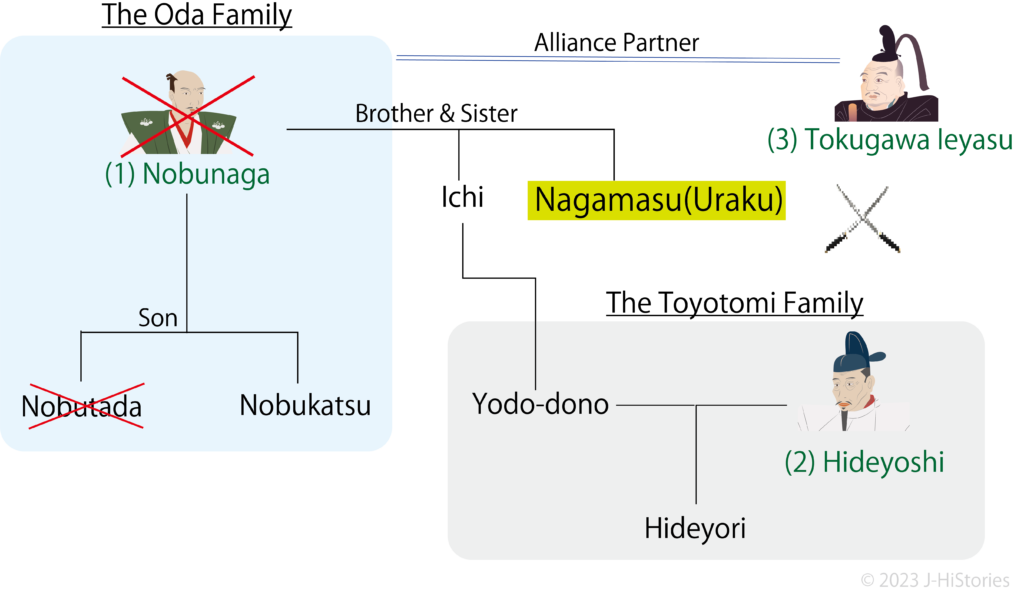
Nagamasu Worked for Peace between Toyotomi and Tokugawa
As the years passed, Hideyoshi passed away in 1598, and Ieyasu emerged victorious in the Battle of Sekigahara against Hideyoshi's loyal retainer, Ishida Mitsunari (1560-1600, 石田三成), in 1600. Nagamasu sided with Ieyasu. After that, Nagamasu diligently served at Osaka Castle, where Hideyoshi's heir, Hideyori (1593-1615, 豊臣秀頼), and his mother, Yodo-dono, resided, aiming to establish a peaceful agreement between the Toyotomi and Tokugawa factions. Despite his efforts, resistance groups persisted within Osaka Castle, leading Nagamasu to abandon his attempts at persuasion and depart from the castle in 1615. In short, Nagamasu's attempt to reconcile Tokugawa and Toyotomi was thwarted. During this time, Nagamasu constructed the Joan Tea Room in a sub-temple of Kenninji Temple, seeking solace and fulfillment in the world of tea for the rest of his life.
Birth of the Tea Master Urakusai

During Nagamasu served Hideyoshi, another tea master, Sen-no-Rikyu (1522-1591, 千利休), was Hideyoshi's tea master and his right-hand man providing political advice. Rikyu built the Taian tea room with only 2 tatami mats by trimming all excesses and leading the tea ceremony into a philosophical world. Sitting in this small room, the guests might have felt a kind of tension, although Rikyu carefully designed the room to create a sense of spaciousness. On the other hand, Urakusai, a tea master who surpassed Rikyu's seven adepts, believed in the principle of entertaining guests at the tea ceremony. This may have been the ground Urakusai reached after living through the late Warring State period when battles were fought across the country, mobilizing military, intelligence, and economic forces.
Urakusai-style Tea, the Pioneer of the Samurai Tea Ceremony
With the beginning of the peaceful Edo period (1603-1868), the samurai tea ceremony became popular, emphasizing a samurai-like approach. Urakusai tea may have been a forerunner of this style. The distinctive feature of this type of tea ceremony is the constant demand for training in both mindset and technique. The fukusa (napkin) is usually worn on the left side of the body, but it is also worn on the right side (as the left side is reserved for holding a dagger). The proper form of bowing in samurai etiquette is to place a fan in front of the knees and bow with both hands clasped at the sides of the knees. Unlike the Iemoto system of the Senke family school, which is inherited through the family lineage, Samurai Tea was promoted by the samurai themselves, who used tea as a means of training and refining their samurai qualities. The spirit of samurai play and fun. The spirit of the samurai, who could die at any time, seems to exist in the unconventional and spontaneous tea ceremony. By rejecting the rules and formalities of life, Urakusai expressed the essential freedom of human nature through tea.
Urakusai’s Philosophy Attained Throughout His Whole Life
To experience the world of Urakusai, please visit Joan and enjoy a cup of tea with Japanese confectionery. You may feel Urakusai's life philosophy, "Tea is entertaining guests". Perhaps it was inevitable for Urakusai after serving the most powerful three Samurai through the upheaval of warring states.
Oda Urakusai Timeline
| Nagamasu (Urakusai) | Nobunaga | Hideyoshi | Ieyasu | Period | ||
| 1534 | Nobunaga was born in Owari province | - | 1 | - | Muromachi |
|
| 1537 | Hideyoshi was born in Nagoya | - | 1 | - | ||
| 1542 | Ieyasu was born in Okazaki province | - | 1 | |||
| 1547 | Oda Nagamasu was born | Age =1 | ||||
| 1554 | Hideyoshi started to work under Nobunaga | - | Age=17 | |||
| 1560 | Nobunaga defeated Imagawa Yoshimoto at the battle of Okehazama | - | 27 | 23 | 19 | |
| 1561 | Ieyasu made an alliance with Nobunaga | - | 20 | |||
| 1568 | Nobunaga went up Kyoto bringing Ashikaga Yoshiaki | - | 35 | |||
| 1570 | Ishiyama Hongwanji raised the army against Nobunaga | - | 37 | 33 | ||
| 1570 | Nobunaga defeated the Asai and Asakura clans | - | 40 | 36 | 29 | |
| 1571 | Nobunaga defeated Enryakuji Temple's monk solduers | - | 38 | |||
| 1573 | Muromachi Shogunate ended by the 15th Shogun, Yoshiaki was ousted by Nobunaga | - | 31 | Azuchi Momoyama | ||
| 1575 | Oda-Tokugawa allied completely defeated the Takeda clan at the battle of Nagashino | - | 42 | 38 | 34 | |
| 1577 | Hideyoshi started to conquer the Estern Japan by Nobunaga's order | - | 45 | |||
| 1580 | Nobunaga made peace with Ishiyama Hongwanji Temple | - | 47 | |||
| 1582 | Nobunaga was killed at Honnoji by Akechi Mitsuhide | 36 | 49 | 45 | 41 | |
| 1582 | Hideyoshi defeated Akechi Mitsuhide | - | - | 45 | ||
| 1582 | Rikyu became a tea master of Hideyoshi | - | 45 | |||
| 1584 | Komaki-Nagakute battle between Hideyoshi and Ieyasu | 38 | ||||
| 1586 | Hideyoshi built the huge Osaka castle | - | 49 | |||
| 1590 | Hideyoshi unified the nation | - | - | 53 | ||
| 1590 | Nagamasu started to use Urakusai name | 44 | ||||
| 1591 | Rikyu Hara-Kiri | - | 53 | |||
| 1598 | Hideyoshi passed away | - | - | 61 | 57 | |
| 1600 | Nagamasu joined the Tokugawa Army at the battle of Sekigahara and distinguished himself in the war. | 54 | ||||
| 1603 | Ieyasu estabished Tokugawa Shogunate at Edo | - | - | 62 | Edo | |
| 1612 | Ieyasu built Nagoyajo Caslte | - | ||||
| 1614 | The Winter Siege of Osaka | 68 | 73 | |||
| 1615 | Toyotomi's Osaka Castle burnt down to the ground at the Summer Siege of Osaka | 69 | - | 74 | ||
| 1616 | Ieyasu passed away at the age of 75 | - | 75 | |||
| 1618 | Nagamasu built Joan | 72 | ||||
| 1621 | Nagamasu passed away | 75 |
Recommendations to visit
- Access: 35 minutes from Meitetsu Nagoya Station to Inuyama Yen Station (犬山遊園) on the Meitetsu Inuyama Line. An 8-minute walk from Inuyama Yuen Station.

